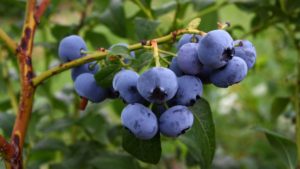

Home // What Everyone Should Know About Inflammation: A Cardiologist Explains

Regular readers are aware that a process in our bodies called inflammation is involved in many aspects of human health and disease. For example, you may have read that a breakfast of Egg McMuffins, sleep apnea, obesity and ultra-exercise are inflammatory, while turmeric, meditation and the Mediterranean diet are anti-inflammatory, and so on. Lost in the search for vitality and longevity is an understanding of what inflammation is and what can be done to tame it. In many ways, inflammation is a Goldilocks process – you don’t want too much or too little, but just the right amount.
When I explain inflammation to patients, I point out that the middle of the word is “flame,” and that it comes from the Latin “I ignite.” Inflammation is a complex process of cells and chemicals in our bodies standing ready to fight infections and other threats, and is a life saver when it’s a controlled reaction to a threat. For example, you may experience inflammation when you’re working on your deck and get a wood splinter. Maybe a mosquito lands on your back and enjoys some of your blood (hopefully full of fresh green juice!). Maybe you sprained your ankle when your perfect yoga hand stand came crashing down.
Over 2,000 years ago, the signs of acute inflammation were described as including pain, warmth, redness and swelling. This “first responder” wave of healing occurs because cells in the area are surveying their environment all the time with detectors on their surface that act much like radar watching for invaders. These detectors are called pattern recognition receptors (PRR). If a PRR detects something that has a “foreign” structure – a pathogen-associated molecular pattern, or PAMP – it will ring the fire alarm internally in the cell and surrounding blood vessels.
Chemicals begin to pour out that cause blood vessels to dilate (redness, warmth and swelling); others increase the sensitivity to pain, and the next thing you know, your ankle or finger is a hot, red, sore mess. These chemicals attract white blood cells that begin to clean up the area by engulfing foreign proteins. Enough white blood cells clumped together is called pus. After a period of increased blood flow, helping to dilute the irritant and bringing fighters to the scene, other factors that promote clotting are released and work to balance and decrease the blood flow. This is what happens when you scrape your knee and it weeps for a while but then scabs over. READ ON